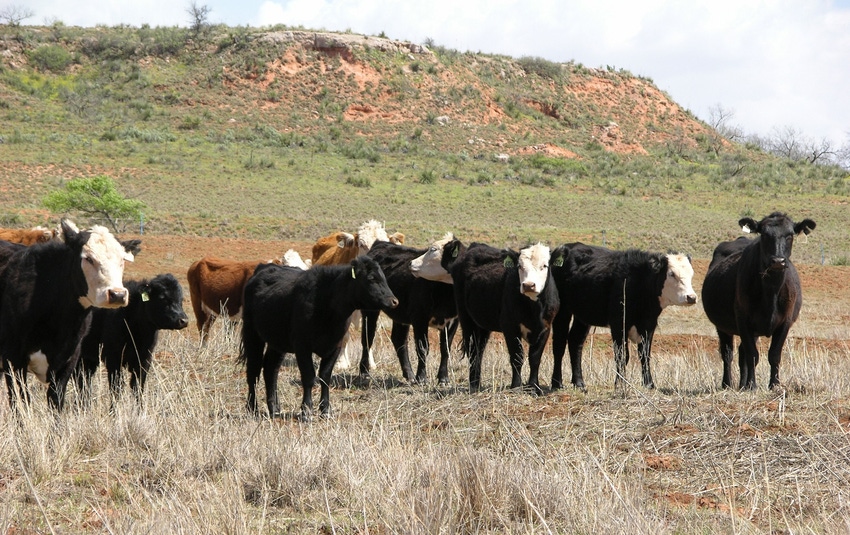
Ten or more years back I got a wild hair that I really thought would help beef producers gather a better understanding of animal health and natural systems. I hired help and we put together several hours of grazing-conference videos. They weren’t real bad and were likely worth the price. We sold enough to pay for the costs. There was little profit.
However, I sent Gordon Hazard in Mississippi a set and the ol’ pro viewed and listened to all three-plus hours. Next time we visited I got chewed out: “Cooke, you pointed out some steers and referred to them as being plain. Get that word out of your vocabulary. Nobody is going to show up and bid on plain cattle.”
I pretty much threw that word asunder but I never really changed my thoughts and evaluation when I’m viewing cattle. Hazard called cattle by the USDA marketing terms for thickness -- ones, one-and-halfs, and twos. He and others sometimes add to it the term Okie. A one and a half Okie steer is kinda plain. Hazard never bought number ones. He worked to sell ones that were one-and-a-halfs 10 months earlier.
Recently I was reading about a successful beef producer who has coined a new definition for the word “elite.” Below is my take on his definition of elite cattle:
Fast yearling maturity and reproduction
Quality confirmation and health
Compact size, but not real small. The bull calves are masculine and the heifers are feminine.
Mothering ability, fast breed-back, and health on pasture take precedence over milk production, volume and weaning weights. Quality milk is more important than quantity.
Work-ethic genetics and practice and production is elite. Those should yield profitability.
Elite bulls and heifers breed early. Then should repeat it when 3-year-old second-calf heifers deliver and start to raise their second calf at 36 months.
The inputs are lots of self-harvested forage, a little supplement and little or no hay. I have not visited with every producer in America who is breeding cattle that really work in the location where they ranch. But each one of them are likely considered outlaws by their neighbors and many of their peers.
These people keep elite cattle and load, cull and peddle freaks and dogs. They love cattle and soil and land but they have a different definition of pretty. They move cattle in high densities on a daily basis. They don’t declare war on most weeds. They are profitable most every year and they don’t make and seldom feed hay. They observe natural model principles and rules.
By the way, elite cattle and plain cattle are closely related and could likely pass for and be called one-and-a-half Okies.
The opinions of the author are not necessarily those of Beef Producer or Farm Progress.
About the Author(s)
You May Also Like






